Thought Leadership Programs
6 June | TANGO BALLROOM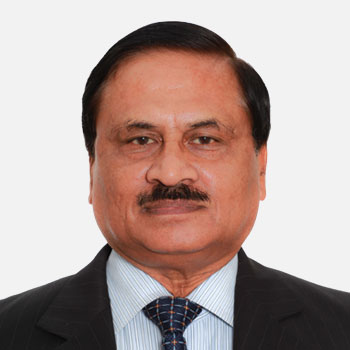
Lt Gen (Dr) AKS Chandele PVSM, AVSM (Retd)
President- Defense, Internal & Public Safety | Geospatial World | India
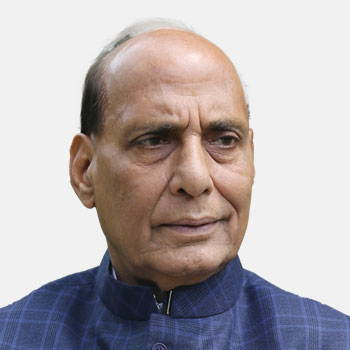
Shri Rajnath Singh
Hon'ble Raksha Mantri (Minister of Defence) | India
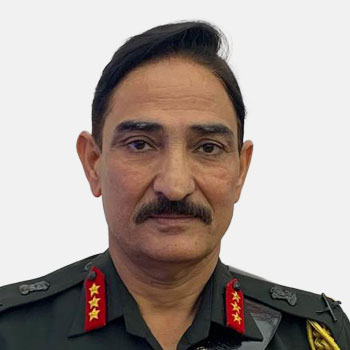
Lt Gen Dinesh Singh Rana, AVSM, YSM, SM Ph.D
DGDIA & DCIDS (INT)
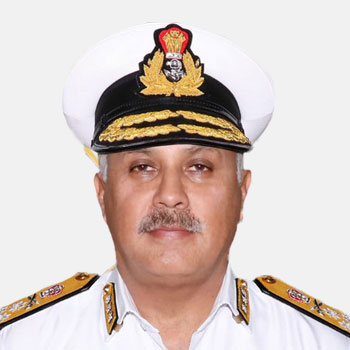
Vice Admiral Sanjay Mahindru, AVSM, NM
Deputy Chief | Naval Staff | India
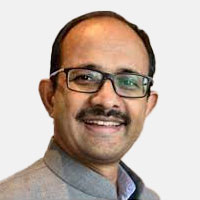
Kamal Kishore
Member Secretary | National Disaster Management Authority | India
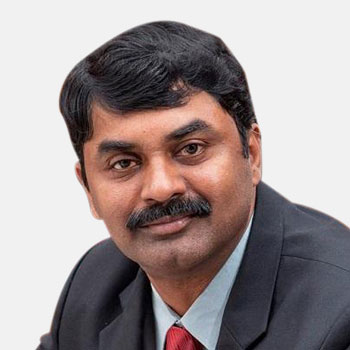
Dr G. Satheesh Reddy
Scientific Advisor to Defence Minister | India
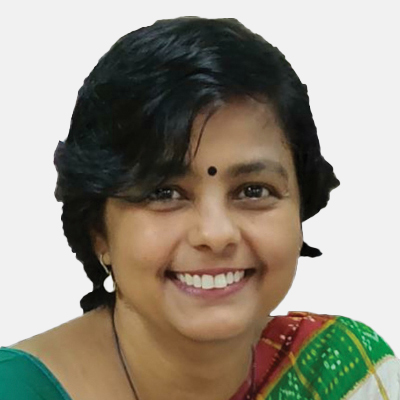
Anamika Das
Vice President - Program Management | GW Events | Geospatial World
The Indo-Pacific region has been gaining increasing attention in the context of the emerging global order which will be more multipolar and decentralized defined by a range of different factors, including shifting power dynamics, economic and technological developments, and geopolitical trends. The future of global governance will be shaped by the competition between the major powers in this region. Overall, the session will aim to explore:
- Key trends and challenges shaping the emerging global order and how the Indo-Pacific region is likely to influence this process.
- Security challenges in the Indo-Pacific region, including the rise of non-traditional security threats such as cyber-attacks, terrorism, and pandemics.
- The impact of technological developments like geospatial, artificial intelligence, earth observation, 5G networks, and the Internet of Things.
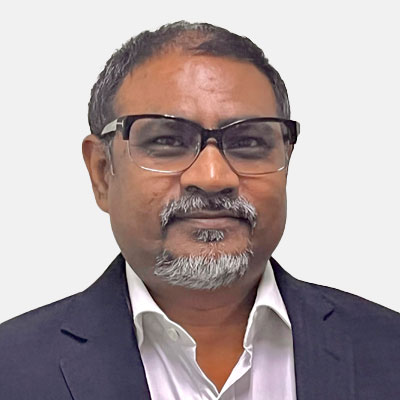
Sanjay Kumar
Founder and CEO | Geospatial World | India
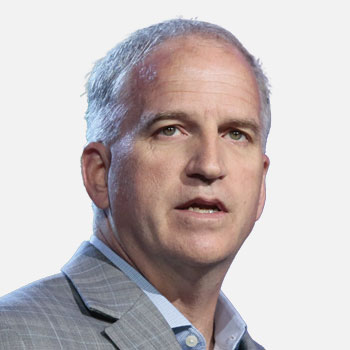
Robert Cardillo
Chair | USGIF Board | USA
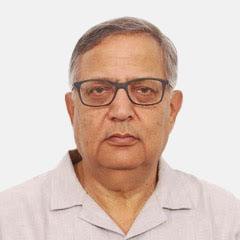
Brig. Arun Sahgal, PhD
Director, The Forum for Strategic Initiative | Distinguished Fellow School of Geopolitics Manipal Academy of Higher Education and Senior Fellow, Delhi Policy Group

Hirokazu Mori
Chief Strategy Officer | WARPSPACE Inc | Japan
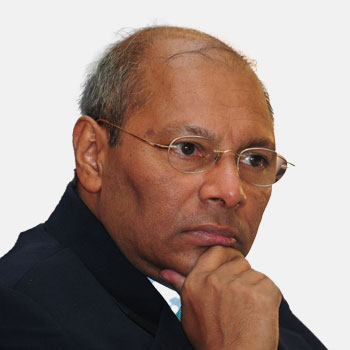
Gautam Mukhopadhyaya
Former Ambassador and Visiting Faculty | Centre for Policy Research | India
Integrating data from sensors such as satellites, drones, and other surveillance systems, as well as data from human intelligence (HUMINT) and open source intelligence (OSINT) enables timely delivery of actionable intelligence to decision-makers to support situational awareness and decision-making allowing them to respond to rapidly changing situations with informed decisions.
The session on GEOINT fusion for real-time intelligence will delve upon:
- Latest advancements in satellite imagery, drone technology, and other sensors that can be used to collect geospatial data.
- Tools and techniques used to process and analyze this data, such as machine learning algorithms and geospatial data visualization software.
- Real-time GEOINT fusion is being used to support military and intelligence operations, such as monitoring enemy movements, tracking supply chains, and identifying potential targets for air strikes or non-military applications, such as monitoring natural disasters and environmental conditions.
- Challenges and opportunities associated with real-time GEOINT fusion.
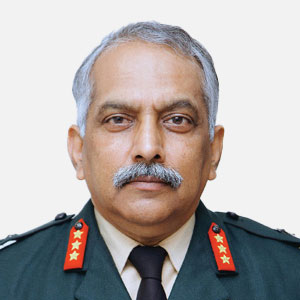
Lt. Gen. Vinod G. Khandare, PVSM, AVSM, SM (Retd)
Principal Adviser | Department of Defence | India
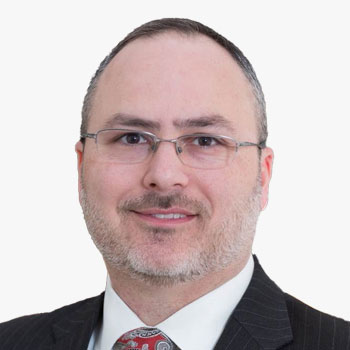
Randall Billy
Director for International Government BD | Esri | USA
A GIS is a system for managing and applying information to provide location intelligence. We call this 'the science of where', which is basically digital geography and GIS software, providing us a kind of spatial-temporal framework. We sense, we understand, and we respond. We sense through measurements, measurements of the environment, of activity.
We see through visualization and mapping. We model the relationships and patterns, make projections, interpret things holistically, and then plan, design, make better decisions, and take action. The Science of Where is, in many ways, analogous to the military decision-making process (MDMP).
Improved, Common Understanding of the Operational Environment is achieved through a system that allows us to Organize, Understand, and Exploit the World's Knowledge, One that Aggregates and Integrates all data (Sensors and Sources). We use the PMESII framework to model the environment and ASCOPE to describe the entities and objects. We stream dynamic data (like weather and MTI) to complete the digital representation of the OE. Consider a DIGITAL TWIN (or TWINS) of the Operational Environment as the core of this system; It's Geography based, True 3D and Time-Enabled (common attributes, space/time across all data).

James McAden
Senior Director - Asia-Pacific Sales, | HawkEye360 | USA

Lt Gen Sanjay Sethi
DGIS | India Army | India
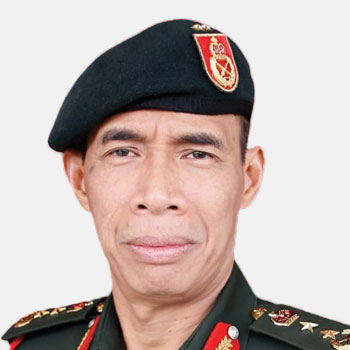
Major General Dato' Hj Ya'cob Bin Hj Samiran
CEO | Malaysian Institute of Defence and Security (MiDAS) | Malaysia

Andy Stephenson
Senior Vice President, International Business Development & Worldwide Sales | BlackSky | USA
- Enhanced Situational Awareness: Space-based commercial tactical ISR provides real-time and near real-time data, including high-resolution imagery, geospatial intelligence, and pattern of life.
- The Rise of GEOINT & Improved Intelligence Gathering: Commercial satellites equipped with advanced sensors can collect intelligence from various sources, such as EO, SAR, and SIGINT.
- Rapid Response and Flexibility: Commercial tactical ISR provides on-demand access to satellite imagery and intelligence like data and analytics, allowing MODs and the war fighter to rapidly respond to emerging situations.
- Extended Coverage and Persistence: Space-based commercial systems offer global coverage, enabling defence ministries to monitor vast areas of interest continuously. Satellites in orbit can provide persistent surveillance and monitoring capabilities, allowing for the detection of patterns, changes, and potential threats over extended periods.
- Reduced Costs and Burden: Leveraging commercial satellite services can significantly reduce the financial burden on defence ministries. Building, launching, and maintaining dedicated military satellites can be expensive and time-consuming.
- International Collaboration: Commercial tactical ISR services often involve international partnerships and collaborations.
- Risk Mitigation: Having access to commercial satellite systems provides redundancy and backup capabilities in case of disruptions to government-owned or military-specific satellite networks.
Space-based systems provides a complete and timely picture of military activities that can help decision-makers to respond more quickly and effectively to potential security risks. The presence of advanced space infrastructure can act as a deterrent to potential adversaries, sending a signal that a country is prepared to defend itself and its allies. The session will discuss on:
- Space infrastructure utility and applicability for Defence and Intelligence.
- Security of space space-based systems to physical and cyber attacks.
- Space-based communication networks to connect military personnel and equipment across the globe, facilitating coordination and response times.
- Improved navigation to guide troops and vehicles, making it easier to operate in unfamiliar or challenging terrain.

John Kedar
Advisor, Geospatial Infrastructure, Geospatial World and Former Commander | Joint Aeronautical and Geospatial Organization | UK
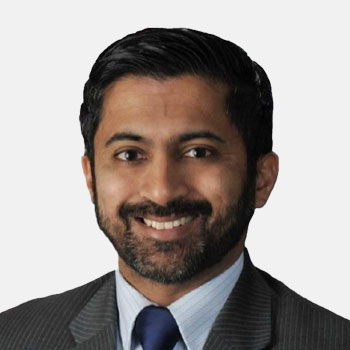
Chirag Parikh
Deputy Assistant to the President and Executive Secretary | National Space Council | USA (Video Message)

Gary Dunow
Senior Director | Maxar | USA
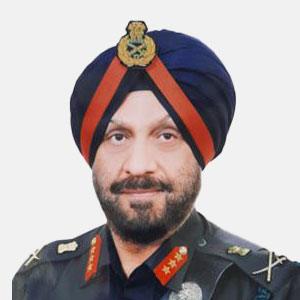
Lt Gen PJS Pannu PVSM, AVSM, VSM(Retd)
Head of Aerospace Division | SATCOM | India
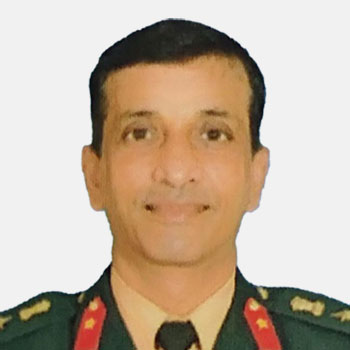
Brig G Manoj
Defence Space Agency | India

John Whitehead
Senior Director of Sales and Distribution - APAC | Trimble | Singapore

Giuseppe Nobile
Head, Geospatial Section | SITCEN NATO HQ | Belgium
Cybersecurity and data sovereignty are two related but distinct concepts that are becoming increasingly important in our interconnected digital world. The two concepts are related because cybersecurity is essential for maintaining data sovereignty. A breach in cybersecurity can result in the theft or loss of sensitive data, which can compromise a country's or organization's ability to control and regulate that data. The session will discuss:
- Measures to be taken to protect systems and networks, detect, and respond to cyber threats.
- Legal right of a country or organization to control and regulate the data generated.
- Cybersecurity and data sovereignty policies and technologies.
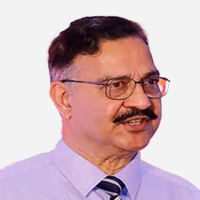
Lt General (Dr) Rajesh Pant, PVSM, AVSM, VSM (Retd)
National Cyber Security Coordinator at the National Security Council Secretariat
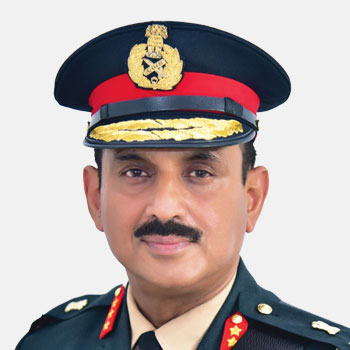
Lt Gen M Unnikrishnan Nair, AVSM, SM
SO-IN-C AND SR COL COMDT CORPS OF SIGS | Indian Army | India
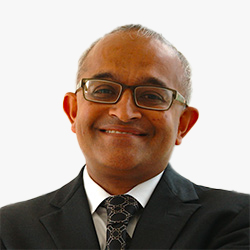
VS Subrahmanian
Walter P. Murphy Professor of Computer Science | Northwestern University Evanston | USA
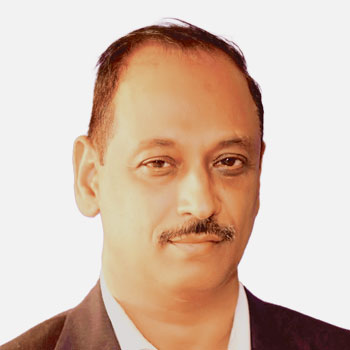
Commander Mukesh Saini (Veteran)
Former National Information Security Coordinator (NSCS/GOI)
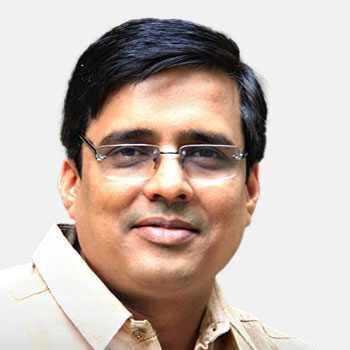
Vinit Goenka
Secretary | Centre for Knowledge Sovereignty | India
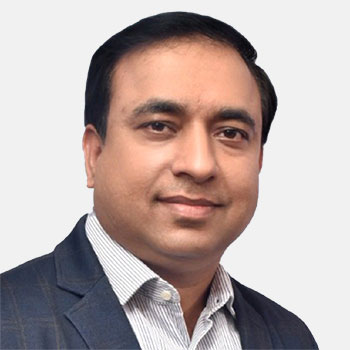
Vikas Tiwari
Head of Solutions Architecture | Government Business, AWS | India